I'm a bit of a noob, I have a battery charger circuit connected to a step up converter to get 5V (see 1st image below). The 5V feeds a circuit that draws between 50mA (standby) to 500mA (on). The battery is an EEMB LP-603449.
The problem is the charger never stops charging the battery (the LED1 never lights while the LED2 is constantly on when connected to power), I figure because there is a constant current draw from the battery (is this true?) Can I fix this issue by putting a diode between the power supply of the charger (VIN) and the input of the step-up converter and another diode between the battery charger output and the step up converter (see 2nd image below)? If so what should be the parameters of the diodes? Is there a diode you can recommend for this purpose? Thanks in advance for your help.
[Edit:] I found this page, solution number 2 seems to be what I'm looking for.
[Edit 2:] I found this page, seems they are doing exactly what I'm looking for using a Schottky diode and a MOSFET. When the charge LED is on the battery is cut off from the load and the load is powered through the diode from the power source.

